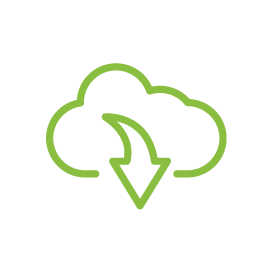PFAS IN LANDFILL LEACHATE
Home / PFAS Matrices / PFAS in Landfill Leachate
PACE® WAS ONE OF THE FIRST LABS IN THE U.S. TO SUPPORT RESPONSIBLE WASTE MANAGEMENT PRACTICES WITH TESTING SERVICES FOR PFAS IN LEACHATE.
(UNDER)LINING THE ISSUE
Leachate from unlined or poorly lined landfills, commonly found in industry and on construction sites, can contaminate local groundwater and surface water. Since PFAS don’t degrade naturally, contamination may continue for decades after the landfill has been decommissioned.
Municipal landfills are typically well-lined, and leachate may be sent to the local wastewater treatment plant for processing. Unfortunately, traditional wastewater treatment processes do not remove PFAS and can convert PFAS precursors into terminal compounds. Aeration and oxidation in lagoons or tanks at the landfill can also affect total detectable PFAS. Finally, leachate may also be disposed of via evaporation or incineration. These processes can contribute to the air deposition of toxic compounds. Once PFAS are burned or evaporated, tracking their fate and transport becomes much more difficult.
SOURCES OF PFAS IN LANDFILL
Both industrial and municipal landfills are easily contaminated with PFAS. Here are just a few common sources.

Construction Waste
Roofing, carpeting, wiring, solar panels, and more may contain PFAS to make them more durable.

Food Packaging
PFAS is often added to paper and paperboard food packaging to make it grease resistant.

Discarded Clothing
PFAS has historically been used to weather-proof clothing or to make it flame-retardant.
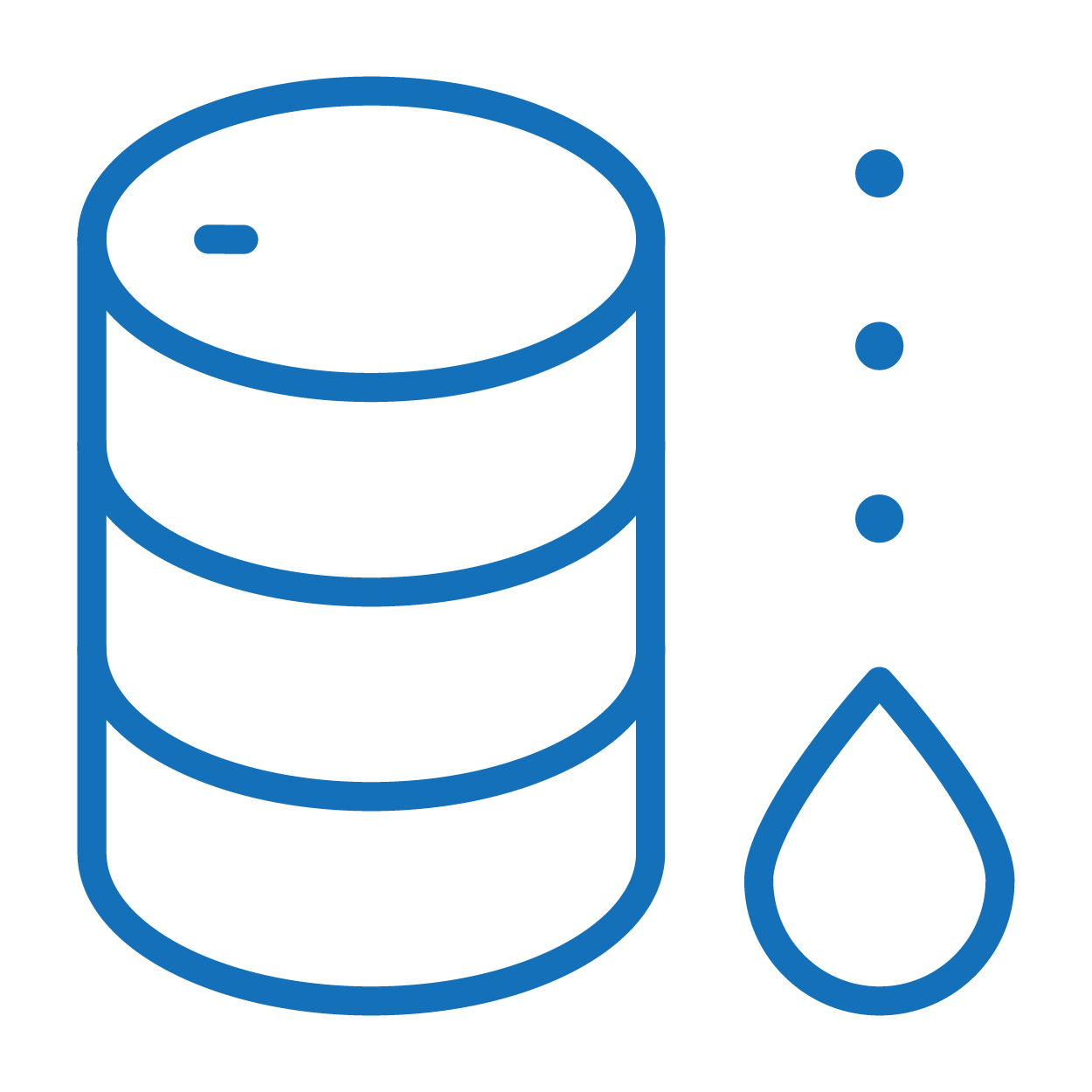
Industrial Waste
PFAS may be used in industrial applications as a lubricant or to increase mechanical durability.
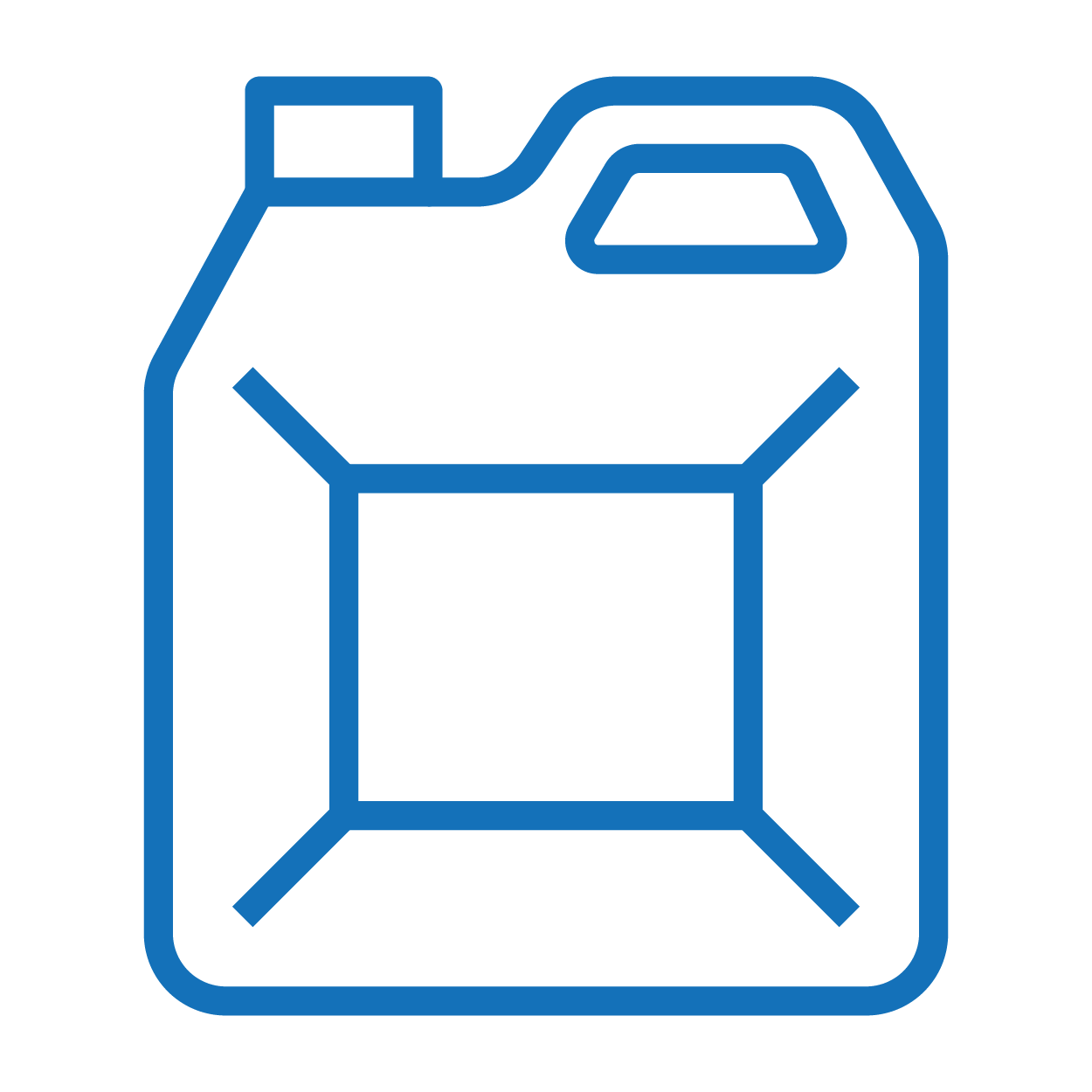
Fluorinated Plastics
PFAS added to plastics can prevent seepage and block noxious fumes and unpleasant odors.
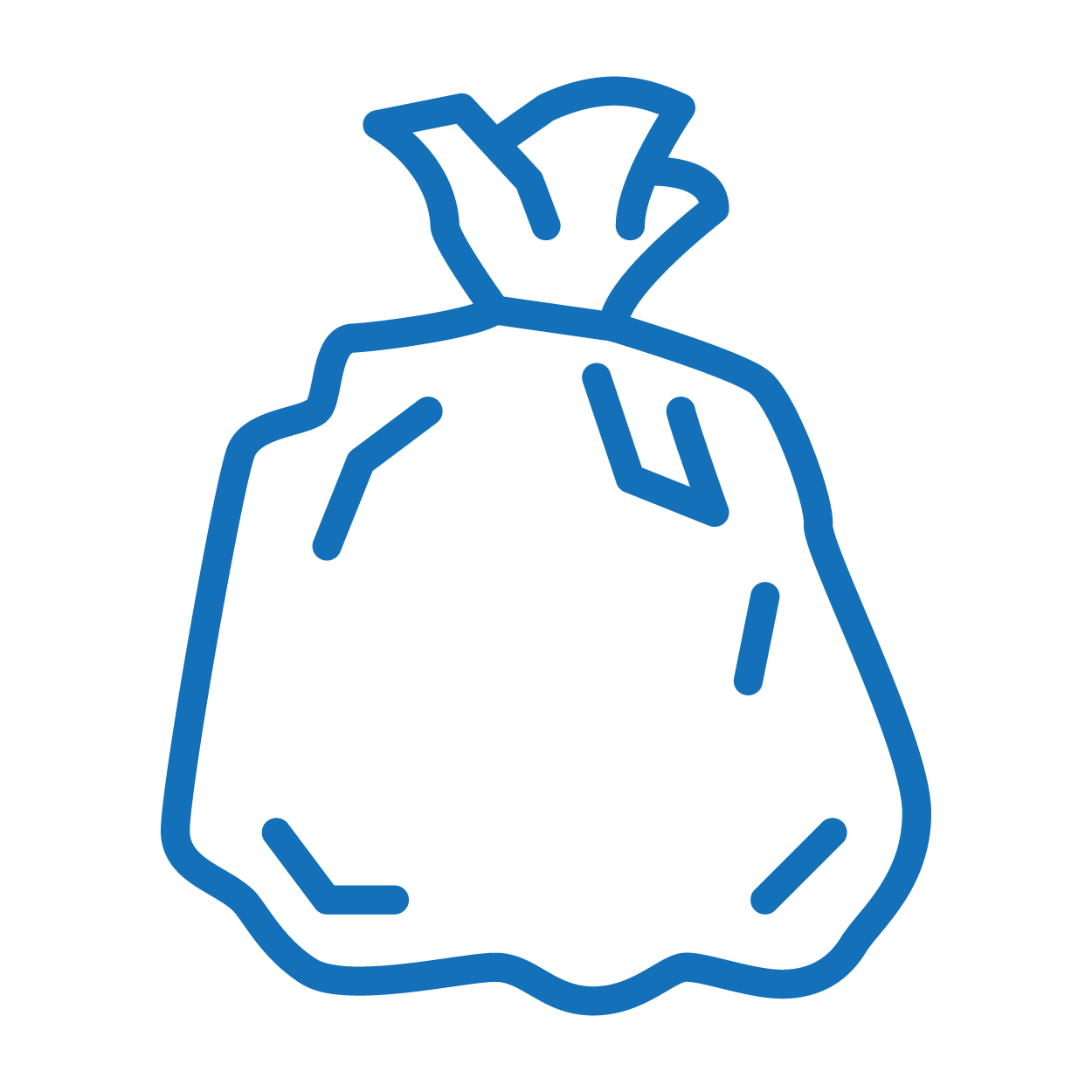
Household Garbage
Cosmetics, non-stick cookware, cleaning products and other waste may contain PFAS.

Aqueous Film-Forming Foam (AFFF)
During construction, e.g. runway expansion at a local airport or military installation, soil contaminated by AFFF may be sent to a local landfill.
REGULATORY LANDSCAPE FOR LEACHATE
The U.S. EPA plans to use available programs to address environmental contamination from leachate and other sources. ELG Plan 15 specifically calls for effluent guidelines to be issued for PFAS in wastewater discharge from landfills. In addition, landfills are covered by National Pollutant Discharge Elimination System (NPDES) permitting and the EPA’s Toxic Release Inventory (TRI) program.
TEST METHODS FOR PFAS IN LEACHATE AND LANDFILL
Various methods can be used to assess PFAS in landfill leachate and solids. Pace® can help you select the right method based on your scenario and the goals of your project.
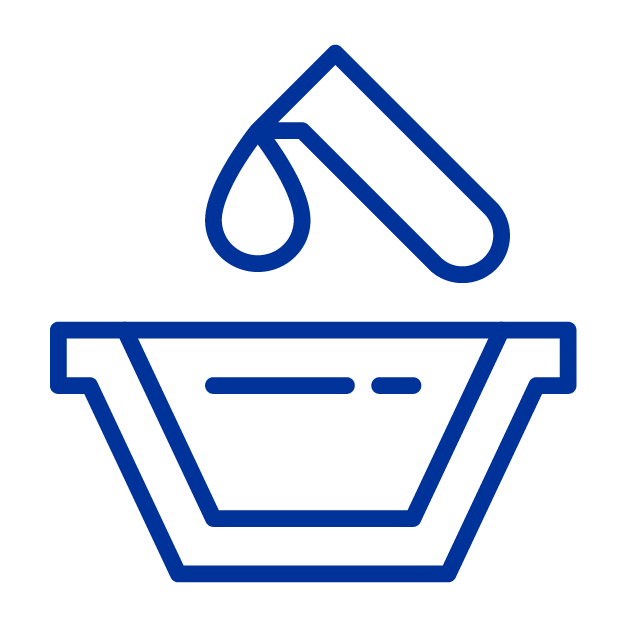
AOF/EPA Draft Method 1621
A screening method used to quantify total adsorbable organic fluorine in aqueous matrices

ATSM D8421/Method 8327
A rapid, definitive method for analyzing PFAS in aqueous and solid matrices utilizing LC/MS/MS and isotope dilution

DOD QSM 5.4 (Table B-15)
DOD-developed quality control standards for analyzing PFAS in a sample

EPA Draft Method 1633
A draft method for analyzing up to 40 PFAS compounds in non-potable water, solids, landfill leachate, and biota

PFAS by Isotope Dilution
A test method developed by Pace® for analyzing targeted PFAS in matrices other than drinking water
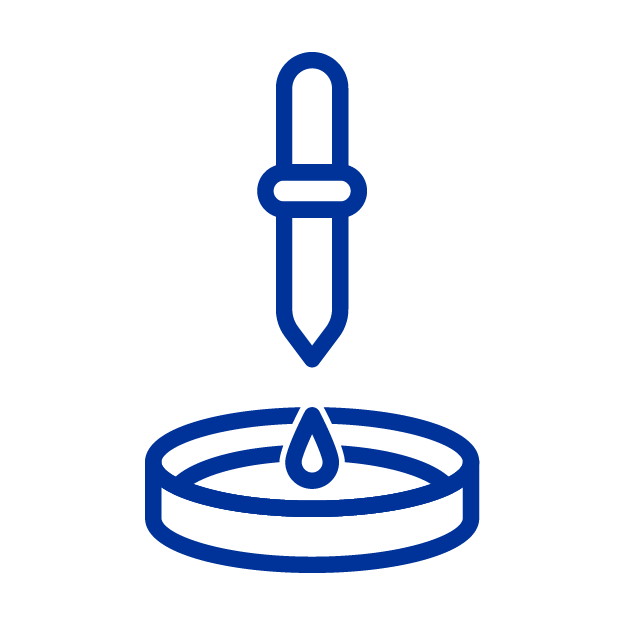
TOP Assay
A method for analyzing PFAS precursors in liquid and solid matrices

Total Fluorine
Test methods used to analyze total fluorine in a wide range of solids, including consumer and industrial products

Total Organic Fluorine (TOF)
A low-volume test method to measure total organic fluorine in aqueous matrices
PFAS MATTERS
Stay up to date on PFAS in the news and get opinions from Pace® PFAS experts by subscribing you our blog: PFAS Matters.
REASONS TO CHOOSE PACE®

EXPERIENCED
Pace® has been an industry leader in persistent organic pollutant testing for over three decades.
CERTIFIED
We’re certified/accredited by NELAC, ISO, DOD, DOE, and in every state with a PFAS lab certification program.

RELIABLE
For emergencies, our Rapid Response Team can provide defensible results in as little as 24 hours.

COMMITTED
We are committed to helping our customers advance their important work through building strong relationships, delivering upon expectations, and providing exceptional customer service.

ADVANCED
We can test for PFAS in both solid and aqueous matrices, including potable and non-potable waters, soils, and biota.

INNOVATIVE
We’re on the leading edge of science, working with EPA, DOD, ASTM, and others to develop new methods for analyzing PFAS.



